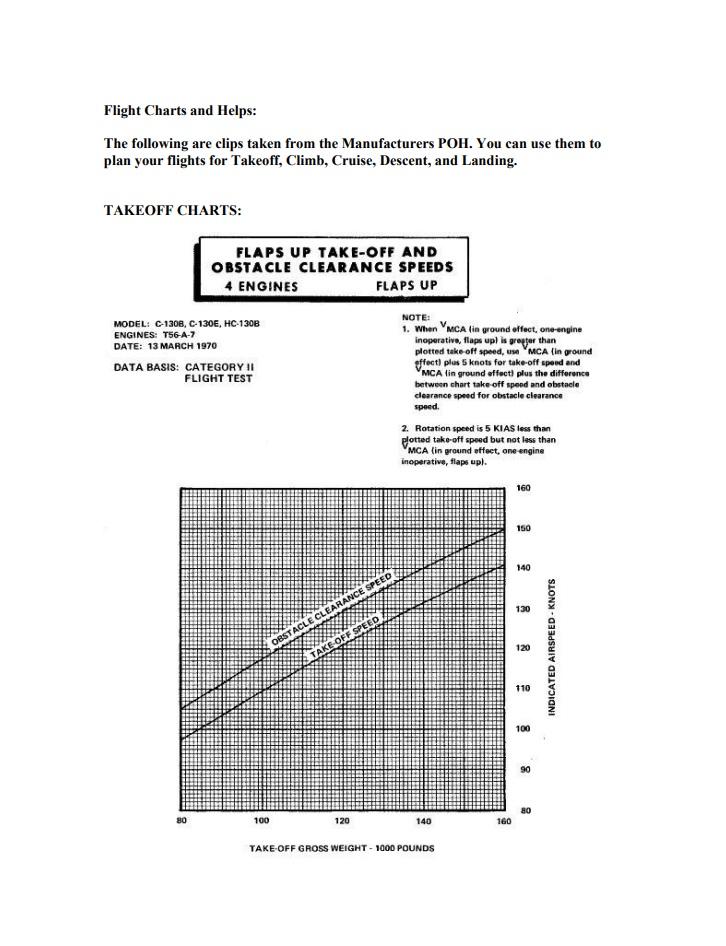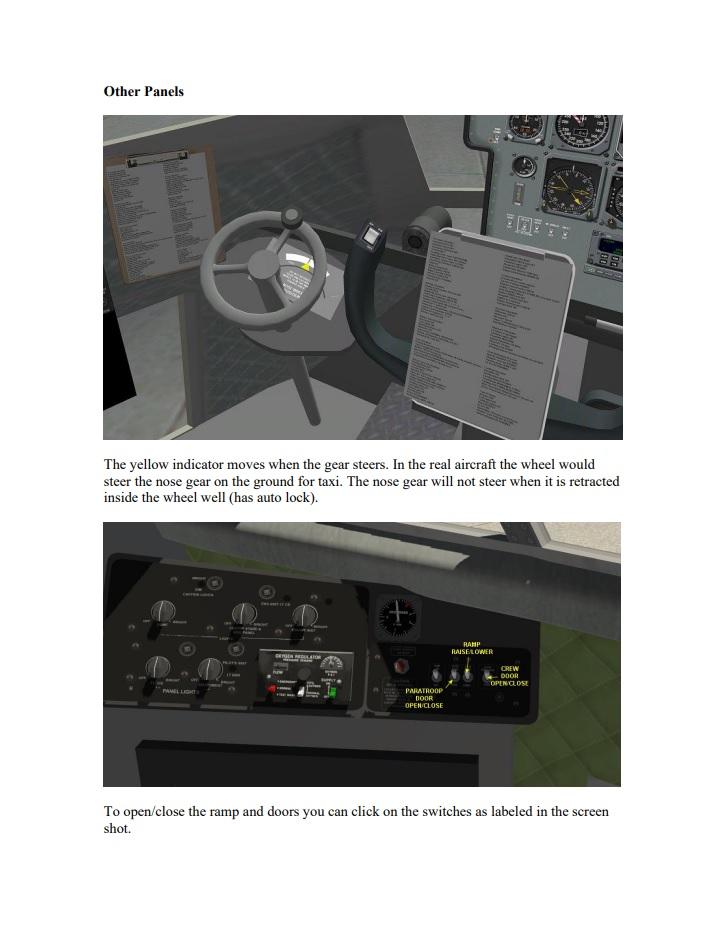Leaderboard
Popular Content
Showing content with the highest reputation on 01/12/24 in all areas
-
NEWS! - Scenery Released : LICD- Lampedusa Airport and Linosa Island, Italy by Cami de Bellis Where is it? It's an Italian Island, but in reality it is nowhere near the Southern Italian coastline, more adjacent to Tunisia, Africa than Europe. Lampedusa is the largest island of the Italian Pelagie Islands in the Mediterranean Sea. The Pelagie Islands from the Greek pélagos meaning "open sea", are the three small islands of Lampedusa, Lampione, and Linosa, located in the Mediterranean Sea between Malta and Tunisia, south of Sicily. To the northwest lie the island of Pantelleria and the Strait of Sicily. All three islands are part of the commune of Lampedusa. Geologically, part of the archipelago (Lampedusa and Lampione) belongs to the African continent; politically and administratively the islands fall within the Sicilian province of Agrigento and represent the southernmost part of Italy. Despite pockets of agriculture, the islands are unnaturally barren due to wanton deforestation and the disappearance of the native olive groves, juniper and carob plantations. Fifty years ago much of the landscape was farmland bounded by dry stone walls, but today, the local economy is based on sponge fishing and canning, supplemented by tourism in Lampedusa. Here is another detailed Cami de Bellis scenery with the addition of complete terrain mesh for the entire islands of Lampedusa and Linosa by Maps2XPlane, yes the same Maps2XPlane that did the excellent islands coverage of Faroe and Savlbard. So obviously you have a great combination of skills and quality scenery here. Features Highly accurate scenery for LICD- Lampedusa Airport and Linosa Island with all buildings modeled. Over 160 custom objects all with Ambient Occlusion Custom Terrain Mesh for the entire island of Lampedusa and Linosa by Maps2XPlane Custom Overlay/Autogen Scenery based on CDB assets by Maps2XPlane" Photo real textures on buildings, vehicles, trees… Photorealistic ground textures based on a satellite image 50 cm. Detailed airport objects and GSE vehicles Custom textured taxiways, runways, and apron Custom surrounding buildings Custom airport lights HD Custom Overlay High-resolution building textures – all in 2K and 4K Excellent night effects World Traffic 3 compatible Native characters and vehicles created specially Ground traffic The terrain mesh is complemented with custom overlays: dense vegetation and country-typical autogen, as well as custom road networks with dynamic traffic. Two heliports, for those fans of helicopters. One at the beautiful Linosa Island, and the other on the US Loran Station Base. This LICD scenery is X-Plane 12 only Images of LICD- Lampedusa Airport and Linosa Island are courtesy of Cami de Bellis ________________ Yes! LICD- Lampedusa Airport and Linosa Island by Cami de Bellis is Available now from the X-Plane.Org Store here : LICD- Lampedusa Airport and Linosa Island Price Is US$18.90 Requirements X-Plane 12 (not for XP 11) Windows, Mac or Linux 8 GB+ VRAM Recommended Download Size: 2.7 GB Current version 1.0 (January 11th 2024) ________________ NEWS! by Stephen Dutton 12th January 2024 Copyright©2024: X-Plane Reviews (Disclaimer. All images and text in this review are the work and property of X-PlaneReviews, no sharing or copy of the content is allowed without consent from the author as per copyright conditions) All Rights Reserved2 points
-

Aircraft Review: X-Hangar Lockheed C-130 Hercules
Busair reacted to Dominic Smith for a topic
Aircraft Review: X-Hangar Lockheed C-130 Hercules By David York Introduction The Lockheed C-130 Hercules, an iconic American four-engine turboprop military transport aircraft, was designed and built by Lockheed, and is renowned for being the longest continuously produced military aircraft for over 60 years. I recall initially mistaking the Air America movie's aircraft for the Hercules, with Mel Gibson seemingly playing a supporting role to the airplane. The confusion was understandable, given the quick shots and my incorrect engine count. The C-130, with its four engines, shares a resemblance to the Fairchild C-123 Provider, which is a derivative of the Chase XCG-20 Avitruc. My familiarity with this magnificent airplane grew when my in-laws lived near the runway at CFB Trenton. On 2 February 1951, the United States Air Force issued a General Operating Requirement (GOR) for a new transport aircraft. This was to replace the aging WW2 era piston-engined transports. The Request for Proposal (RFP) was quite specific, listing the need to accommodate ninety-two passengers, seventy-two combat troops, or sixty-four paratroopers. The cargo compartment had precise dimensions, 41 ft long, 9 ft high, and 10 ft wide, and a turboprop powerplant was specified, as jet engines at the time did not meet the necessary tactical requirements. The C-130 was designed for versatility, capable of operating on short and rudimentary runways. Its range of 1,100 nautical miles made it suitable for a variety of missions. Kelly Johnson, initially not a fan of the design due to his preference for more combative aircraft, eventually came to appreciate the C-130. Willis Hawkins, the lead designer, suggested that Johnson's eventual acceptance might have been influenced by the C-130’s adaptability for various roles, including as a cruise missile launcher. The Hercules has been adapted for numerous roles such as a gunship, search and rescue, scientific research support, weather reconnaissance, aerial refuelling, maritime patrol, and aerial firefighting. It remains the primary tactical airlifter for many military forces globally, with over forty variants and civilian versions like the Lockheed L-100, operated by more than sixty nations. X-Plane Model The package for the C-130 model is thoughtfully designed for compatibility with both X-Plane versions 11 and 12. It's bundled in a way that facilitates an upgrade path for those using version 11, which is less demanding on VRAM. My setup includes an AMD 8-core FX processor, 16GB RAM, and an AMD Radeon RX570 series display card. With 4 GB of VRAM, it manages decently, though there are occasional slowdowns. Installation Procedure The installation of the C-130 Hercules package requires a few straightforward steps: Begin by unzipping the main package to obtain two separate zips: c130_12.zip and c130_11.zip, for X-Plane versions 12 and 11 respectively. Choose the version you need and unzip it into your preferred subdirectory within the <Aircraft> directory of the respective X-Plane version. Once you start X-Plane, the program automatically detects the new aircraft and adds it to your <New Flight> menu. You’re now ready to fly! The C-130 manual is located in the C-130H Hercules\Docs\manual x-plane\ sub-directory. It's recommended to review this manual early on, as it details extra features and helps familiarize you with the aircraft's cockpit, which can initially appear quite complex. You should also take a moment to look over the checklists available in the pop-up. For those interested in using the XFSE plugin: Install XFSE if it’s not already set up. A basic xfse-alias.txt file is included. Refer to the FSEconomy add-on manual for setup instructions. Documentation The manual for X-Hangar's C-130 is quite comprehensive, providing a solid overview of the model's features and a helpful guide to the flight deck and panel layouts. The manual is well-illustrated, including performance charts from the original aircraft's Pilot's Operating Manual (POM), giving a practical insight into optimal aircraft operation. From personal experience, I usually dive right into flying before consulting the manual (typical of many, I suppose!). However, I've found that an early perusal of the manual significantly flattens the learning curve and reveals many nuances that might otherwise be missed. Exterior The Hercules' shoulder-wing design might initially surprise those accustomed to more sleeker looking aircraft, but it highlights the craft's functionality over showmanship, and X-Hangar's model captures this robust spirit well. The level of detail is commendable, from the textures to the overall structure, though it lacks specific liveries like RAAF, RCAF, or UK allies. However, the provided blank livery templates offer a chance for personal customization. The minute details like antennae, propellers, and doors are well modelled, adding to the realism. This realism is further accentuated when you open the crew and cargo doors, revealing the intricacies of ground handling equipment, a vital aspect of the Hercules' operations. The airdrop animation is a notable feature, though I personally miss the inclusion of the Low Altitude Parachute Extraction System (LAPES), a system I've often seen in Canada. Despite this, X-Hangar's selection of features for the model is astute. The model uses Blender-based particles for exhaust and other systems, enhancing realism, especially with the airdropped cargo descending by parachute. The inclusion of the L-100-30 build, a stretched version of the C-130 with six-bladed propellers, is executed with the same attention to detail, showcasing the model's versatility and commitment to realism. Interior Recalling a special occasion when I once sat in a C-130 pilot seat, I can't help but compare that memory to X-Hangar's rendition of the cockpit. While it doesn't match my memory exactly, they've done a solid job without resorting to full photorealism. For those of you looking for a bit of modernity, the L-100 stretch model features an option for a digital panel, which is a nice addition. In the C-130H, the clipboard pops up when the square red button is pressed, offering functionalities like showing or hiding the crew, JATO selection, and airdrop details. The control yokes are toggled as usual with the ‘Y’ key. The absence of high-degree photorealism might be a downside for some, as well as the lack of interactivity with every button or switch, but personally, I'm not at all disappointed. The panel and cockpit are well-designed, filled with controls, albeit with some non-functional elements like the microwave in the kitchen behind the flight engineer's station. It’s these small details that add charm, even if you can't leave the water running. Opening the crew door, descending the ladder, and then opening the passage door, reveals the cargo hold. Initially, I found myself walking through the fuselage wall until I figured out how these doors functioned. Remember to close all doors and ramps, or you might find yourself with unexpected airborne companions like a cargo crate and lift truck. It’s unclear if the weight of the lift truck is factored into the plane's gross weight, though the regular cargo weight is included when selected from the weapons menu. Flight Dynamics While I've never flown a C-130 and am not a licensed pilot, I've explored its unique characteristics based on available information. Willis Hawkins, in an interview with Lockheed's Code One Magazine, mentioned the C-130's resistance to stalling. He recounted an attempt to stall it, which led to a flip rather than a stall of the main wing, possibly due to the six-bladed props' effects on the wing's boundary layer. Curiously, I tested this on X-Hangar’s model. At 10,000 feet, as I slowed down, the stall alarm activated, but the wings seemed to keep flying, even with the four-bladed props. With the L-100-30's six-bladed props, I didn’t experience the reported “unstallability” but rather a gradual descent. This simulation is remarkably forgiving, making it the first plane I've successfully landed on my first attempt. Its handling is stable, smooth, and relaxed. I even took a virtual flight from CFB Trenton to Niagara Falls International, enjoying the XP-12 view and exploring the plane in flight. Sounds The alarms and alerts have custom sounds, but the engine, prop, and wind noises are the default turboprop sounds from X-Plane. While they work adequately, the unique sound of the Allison T56-A-15 turboprop engines would have been a treat. However, obtaining specific engine sounds, especially in FMOD format, is challenging, so I respect X-Hangar's decision to keep the model affordable. Night Lighting The night lighting of the model is functional, following a tried-and-tested method. It effectively illuminates the interior, creating an appropriate ambiance for night operations. While it doesn't employ the latest lighting effects, it ensures a dependable and solid experience in line with the Hercules' reliable nature. Performance In my experience with X-Plane 12 on my somewhat dated hardware, frame rates were around 22-30 fps, so generally smooth but with occasional flutter during high-speed, low-altitude passes. However, it's important to note that these performance metrics are largely influenced by my hardware capabilities, and users with more up-to-date systems can expect improved performance. In X-Plane 11, the model performed slightly better on my setup, achieving 28-37 fps with fewer instances of freezing, particularly when accessing the map window. Given the model's detailed custom objects, which surpass those in X-Hangar's Caribou model, longer load times and avoidance of multitasking in XP-12 were necessary on my system to maintain stability. Conclusion I've always loved the Hercules, and this X-Hangar model is the best rendition I've flown, making it a worthwhile purchase even by my Scottish, thrifty standards. The cargo handling effects might not be my favourite, but the JATO option and overall art and animation are top-notch. When you look out and see a lift-truck flying alongside because you forgot to close the crew door, it's both amusing and a testament to the model's detail. The cockpit, while not overloaded with interactive features, perfectly suits my flying style. This model is enjoyable and realistic, a great fit for both X-Plane 11 and 12 users. Whether you're on a budget or equipped with a high-end system, this model will not disappoint. The more demanding simmers might long for additional features, but there's plenty to enjoy here. Overall, the C-130 is a superb addition to X-Hangar’s fleet ________________________ C-130H Hercules by X-Hangar is now available from the X-Plane.Org Store here: C-130H Hercules Priced at $27.95 Features Two separate versions to fly for both v11 and v12 Two separate .zip files Both a digital Instrument panel and analog Working wipers in v12 Rain on the glass for v11 (limited to win Vulkan) and v12 Much improved landing and taxi lights in v12 3D modeled crew Working cargo door Working crew door X-Plane FMS for v11 and v12 with pop up panel or press 3d buttons X-Plane Garmin 530 with pop up panel or press 3d buttons Many interchangeable international liveries Both civil and military liveries Easy to paint liveries with the blank included Checklist in .txt format for use in the sim PDF manual to help familiarize yourself with the aircraft Static elements Cargo automatically loads with added weight to the aircraft Animated parts Option to use and display JATO rockets (fun for shorter take off). FSE file included Requirements X-Plane 12 or X-Plane 11 Windows, Mac, or Linux 4 GB VRAM Minimum - 8 GB+ VRAM Recommended Download Size: 595 MB Current Version: 12.07 (November 14th, 2023) Review System Specifications AMD FX-8350 - 16GB - AMD Radeon RTX 570 8GB - Windows 10 Pro 64 Bit __________________________________ Aircraft Review by David York 11th January 2024 Copyright©2024: X-Plane Reviews (Disclaimer. All images and text in this review are the work and property of X-PlaneReviews, no sharing or copying of the content is allowed without consent from the author as per copyright conditions).1 point


























































































































